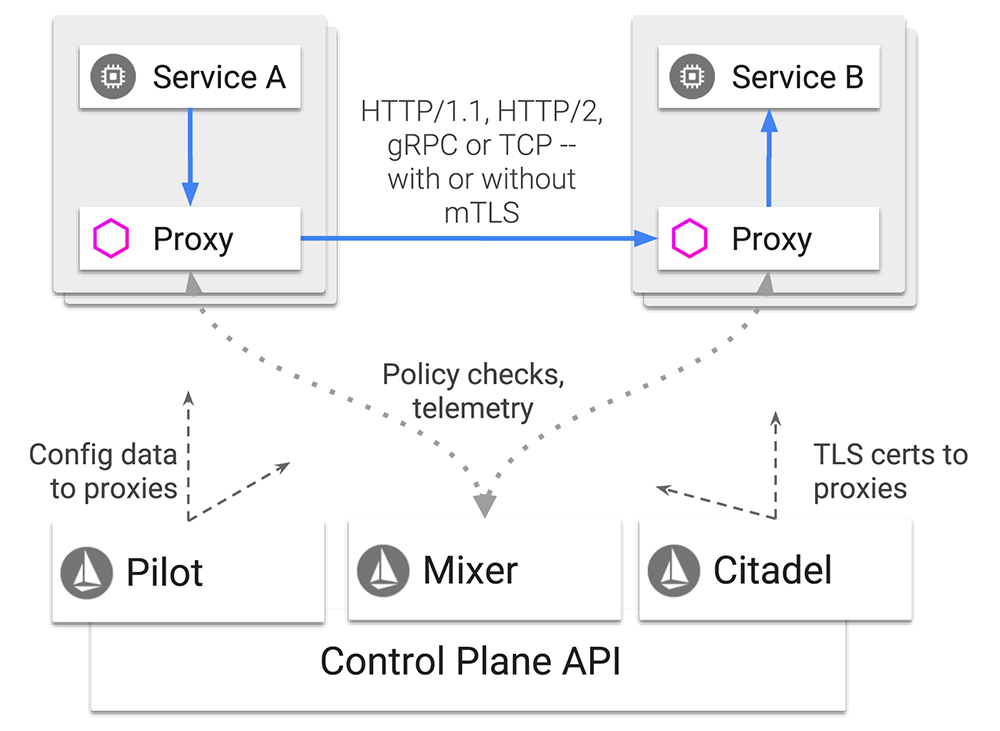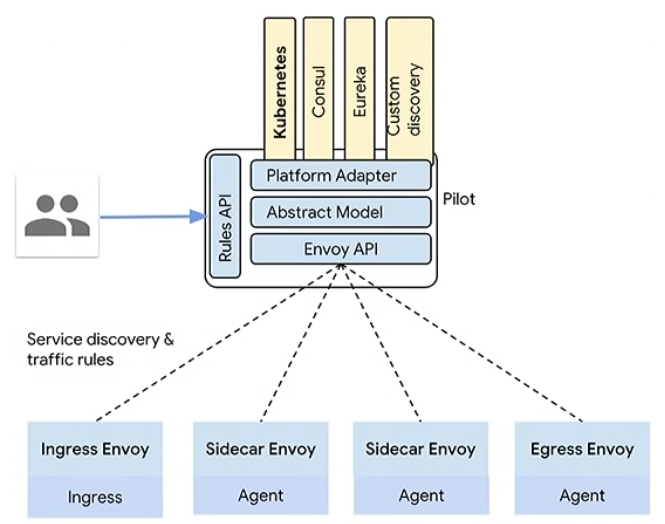I started
my professional career in 2003, in a NOC (Network Operations Center), making
sure that Network and Security services of the VIP customers of the ISP
(Internet Service Provider) ran smoothly. Till 2013, I mostly worked on big
Network and Security design implementations for big European and Middle East
companies, on Cisco and Juniper equipment, I got all the technical
certifications (including CCIE). I jumped into Software Defined world and
Virtualization as soon as it hit the market, and got my VCIX (VMware Certified
Implementation Expert) Certification on Network Virtualization track (NSX,
basically) soon after VMware acquired Nicira in 2014.
My point
is that I did so many technical designs and implementations, mostly in Data
Center environments, that when I found out about VCDX (VMware Certified DESIGN
Expert), I was sue that I'd get it in the first attempt.
That did
not happen. Not only that it didn't happen, but I faced one of the toughest
wake up calls… ever!
What's VCDX all about?
VCDX
is currently the most prestigious VMware Certification, held by less than 300
people in the world (check out the official directory). VCDX is NOT a
technical certification. Even so, you need to be a SME (Subject Matter Expert)
in all the areas that your Design covers.
VCDX is
all about the community. The official VMware documentation and support is all
right, I guess, but the community is one of the greatest I've ever stumbled
upon. I'd actually like to seize this opportunity to thank some of the people
who helped me while I was working on my design, and doing my mocks (mock is a practice design defence):
- Luca Camarda, my VCDX mentor.
- Joe Silvagi, VCDX #175, for organizing amazing VCDX Workshops
- Gregg Robertson for maintaining the VCDX Slack Channel
- (Abdullah)x2, Igor Zecevic, Manny Sidhu, Chris Porter and Kiran Reid for so many mocks and defence prep sessions
About my journey
Phase 1: Delusion
I came
into a VCDX as a "great architect", and received such a slap of
reality, understanding how much I actually didn't know. Yes, it's all about the
WHY, and no matter how many times you hear this, you just don't get it until
you start presenting your design to other VCDXs and candidates.
I learned
SO MUCH about what good design needs to cover, and why it's so important that
you understand how all the business requirements map into technical
requirements, which drive 100% of your design decisions. I understood that if
you have a Design Decision that you can't explain how you reached (what were
the options, and how one of the requirements triggered that one, covering all
the risks that it introduces and how you mitigate them) - you will simply fail.
If I can
give you one advice, it's - be patient, and accept tips other VCDXs are giving
you. They're not being mean, they really want you to pass.
Phase 2: Success
During
VMworld 2018, I had a mock session where I presented my VCDX design to 6 VCDXs.
It was brutal… The design I thought was bulletproof got destroyed to pieces.
Result: I learned so much… It took me some time to recover from this
experience, but once I did, I understood what an amazing privilege it was to
actually have everyone listen to me for over an hour. This is when my mind just
"clicked". I changed my design, and was approved for defence in the
next available defence slot.
I had to
change my design twice before it was approved for defence. I never got to
defend it, but I still consider the journey a success for the following
reasons:
- I learned so much about what great design is. I switched to a complete different set of technologies (public cloud mostly), but everything I learned still applies, 100%, and I use it daily building Cloud architectures.
- I learned hot to be more down-to-earth, and that I'm not a great architect. I still have so much to learn.
- I understood what "it's all about WHY" means. Technology needs to help achieve business goals, being technically superior doesn’t mean you can make great designs.
Phase 3: Change of plans
I ended
up changing jobs a few months before the defence date, which was unfortunate,
because I had to focus on an entire new set of technologies that I didn’t have
time to prepare my defence. Some may see this as a pity, after all the time and
effort I invested, but to be honest - I don’t see it that way. I see it as a
success story, as I still get to apply everything I learned… just on a
different set of technologies.
Conclusion
I highly
recommend you to go for VCDX. You might not get your number, you might get
crushed while getting the design right, but I guarantee one thing - you will
learn a lot, and became a much better architect then you currently are.








